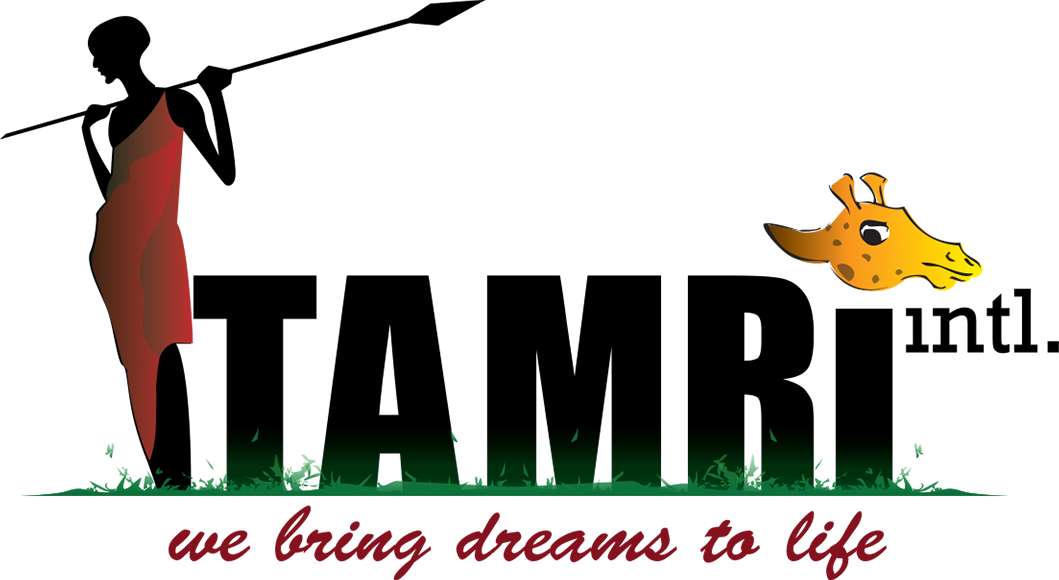

Kilimanjaro. The name itself is a mystery wreathed in clouds. It might mean Mountain of Light, Mountain of Greatness or Mountain of Caravans. Or it might not. The local people, the wachagga, don’t even have a name for the whole massif, only Kipoo (now known as Kibo) for the familiar snowy peak that stands imperious, overseer of the continent, the summit of Africa.
Visit the world's largest free standing mountain - measuring in at a whopping 5000 metres. Those who have been on safari to Kilimanjaro can really say they have stood on the Roof of Africa!
According to legend, the first person to ascend Kilimanjaro was King Menelik 1, the son of King Solomon and the Queen of Sheba.The first Europeans to reach the summit of Kilimanjaro were Dr Hans Meyer and Ludwig Purtscheller. Today, more than 20,000 people a year attempt the climb, and efforts are being made to stop the erosion on the most popular routes.
There are several ways of conquering this giant, and although no experience is required, the effects of altitude and the cold put anyone's physical and mental stamina to the test. If this all seems a little bit too strenuous for you, one of our safari tours focuses on viewing the mountain from below.
The best months to climb the mountain are January, February and September. July and August are also fine, but somewhat colder.
Climbing Kilimanjaro is a great adventure and you will experience an enormous sense of achievement looking down at Africa from the top.
Kilimanjaro, by any name, is a metaphor for the compelling beauty of East Africa. When you see it, you understand why. Not only is this the highest peak on the African continent; it is also the tallest free-standing mountain in the World, rising in breathtaking isolation from the surrounding savannah elevation around 900 metres – to an imperious 5,895 metres MASL (19,336 feet).
Kilimanjaro is one of the World’s most accessible high summits, a beacon for visitors from around the World. Most climbers reach the crater rim with little more than a walking stick, proper clothing and determination. And those who reach Uhuru Point, the actual summit, Stella Point or Gillman’s Point on the lip of the crater, will have earned their climbing certificates. And their memories.
But there is so much more to Kilimanjaro than her summit. The ascent of the slopes is a virtual climatic World tour, from the tropics to the Arctic. Even before you cross the national park boundary (at about 2700m), the cultivated foot slopes give way to lush montane forest, inhabited by elusive elephant, leopard, buffalo, the endangered abbot’s duiker, and other small antelope and primates. Higher still lies the moorland zone, where a cover of giant heather is studded with other worldly giant lobelias. Above 4,000m, a surreal alpine desert supports little life other than a few hardy mosses and lichen. Then, finally, the last vestigial vegetation gives way to a winter wonderland of ice and snow – and the magnificent beauty of the roof of the continent.